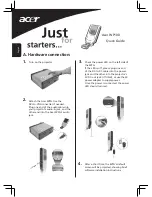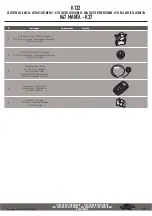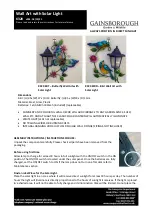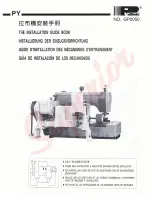
9
telemetry devices. Cardiac
monitors or cardiac telemetry
devices in direct contact with
the thorax may degrade the
biosensor signal quality or
produce erroneous results.
This potential interaction has
not been evaluated.
• Do not use the device for
diagnosis. Whenever patient
condition does not match
values, take a confirmatory,
independent check of vitals
(including 12-lead ECG).
• Do not use the device to
discern abnormal rhythm
patterns or for alarms.
• Do not use the biosensor
with high frequency surgical
equipment.
• No modification of this
equipment is allowed.
Precautions
• Only apply the biosensor over
clean and dry skin. Do not
apply the biosensor over body
hair. Remove any oil, lotion,
residue, or debris from skin
before application.
• Use caution when removing
biosensor to prevent skin
irritation. Gently swab area
under the biosensor with water
as you are removing the sensor.
• To frequently collect
instantaneous heart rate,
assess the biosensor
connectivity to the G5
application every 8 hours.
If connectivity is lost, the
biosensor will store up to
4 hours of data.
• Keep your mobile device
charged at all times.
• The biosensor is defibrillation
proof. Remove the biosensor
from the chest if the biosensor
is located on the area where
defibrillation pads need to be
applied.
• Heart rate value may be lower
or higher with patients with
arrhythmia.
• Heart rate value may be
higher when pacemaker
pulses are present outside
of the disclosed pacemaker
pulse range.
Use environment
• The G5 solution is intended
for non-critical care hospital
environments.
• Maintain a minimum separation
distance as described in the
EMC section, between portable
radiofrequency communications
equipment and biosensor to
avoid potential performance
degradation.











































